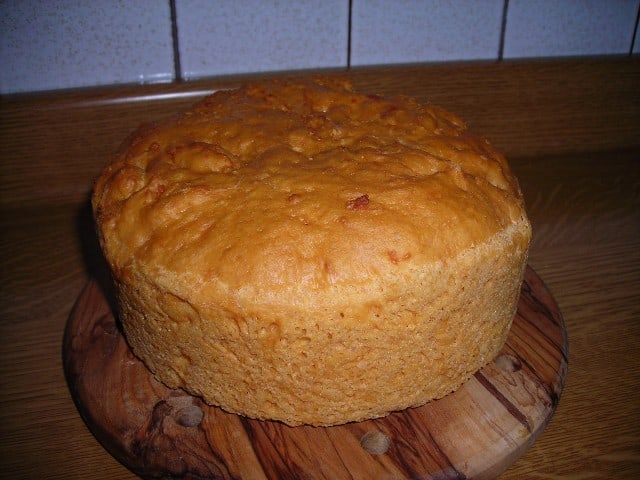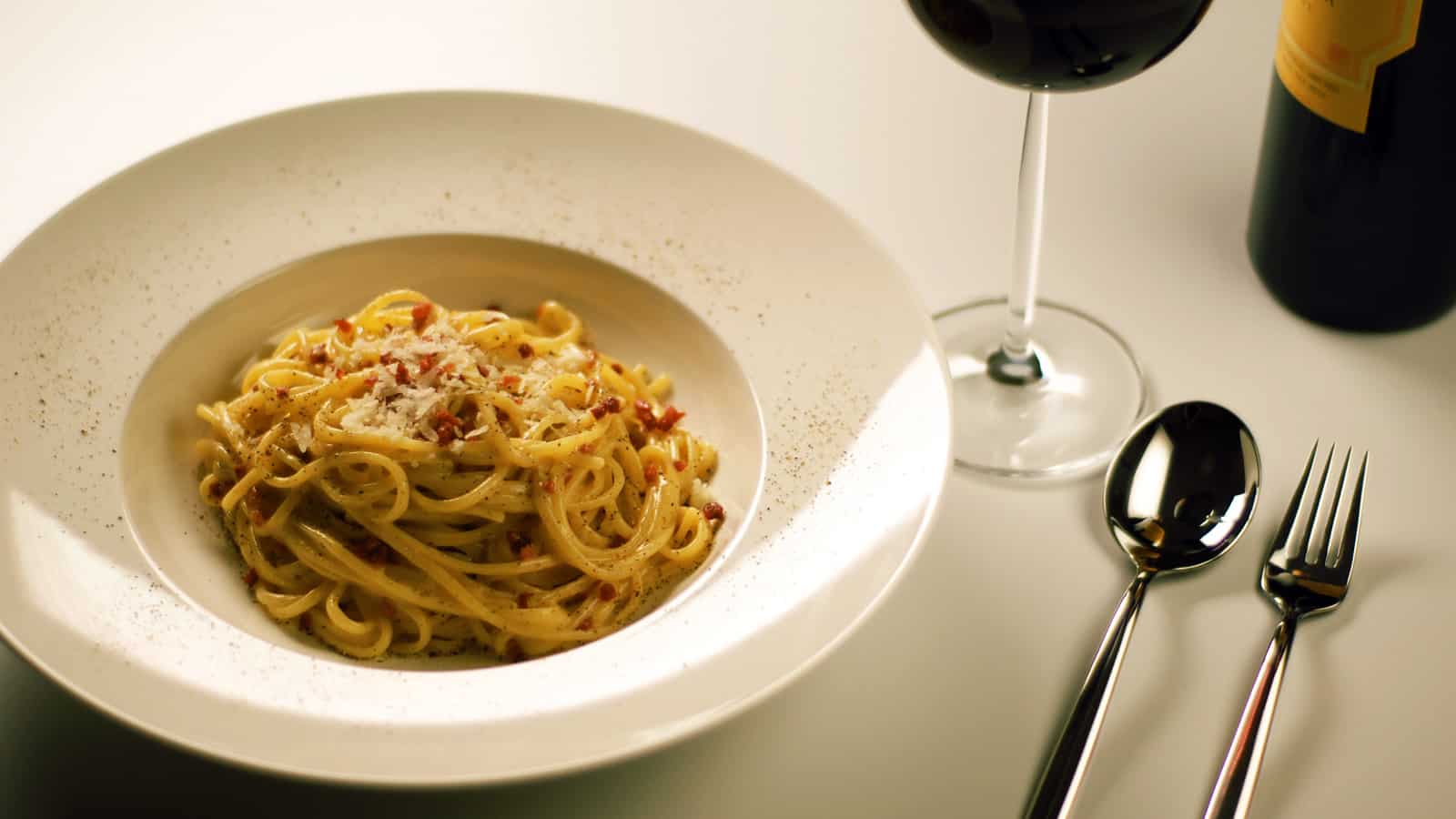
Origin Pizza Piena
Some of us call it pita or stuffed pie, but the real name for this delicious Italian dish is pizza piena. While this dish is typically made around the holidays, particularly Easter, the coming fall helps to recall the tradition of this dish and family, making it worth a mention as we head into the busy holiday season.
Pita, by definition, is a round pocket bread widely consumed in many Middle Eastern, Mediterranean, and Balkan countries such as Greece, Turkey, and Cyprus. It is a slightly leavened wheat bread where steam creates the pocket, puffing up the dough. As the bread flattens and cools, a pocket is left in the middle. The size and shape vary widely—flat, oval, round—and its history reaches as far back as it is a bread that does not require any oven or utensils to make.
Pita is used to scoop sauces or dips, such as hummus, or to wrap meats in the form of a sandwich. Often, the bread is baked further and seasoned, made into chips, which are crunchy and thick, and used instead of tortilla chips. The sandwich, though, or “pita pocket”, is probably the most widely used form of a pita today. We tend to like to fill our bread with food!
The Italian-American Pita
Now, let’s move on to the Italian pita, or stuffed pie, known by many Italian Americans today. The pizza piena usually stands about five inches high and looks like a big round quiche pastry filled with eggs, cheese, cured meats, and/or sausage. Eggs are the main staple of this dish, as well as many dishes at Easter, and symbolize fertility and life. Whatever combination of meats, and whether sweet or more savory, the richness is welcomed at the holiday table. Not suitable for the heart, but a big crowd pleaser!
The absolute joy comes in the preparation of this delight and anticipation of the first bite. Some of us might recall the big hype around buying the correct type of cheeses and meats, when the bread has to be made, and the right temperature in the kitchen. Families come together for this event. The bread is made on Good Friday—many hands take part in the kneading. Pray it isn’t too cool or rainy, or that may affect the denseness of the bread! The meats and cheeses need to be sliced to just the right thickness, and the ricotta cheese, well, you’d better get at least 3 lbs. and buy ahead of time!
Kitchen Memories
Everyone has a say in how long it has to bake because no one wants it too dry or too moist. While the elder, most likely the grandmother, has been making it for years, the siblings think they know how it should be done. Thus, a few words are flying in the kitchen, but again, typical for Italians in the kitchen. And, after making it almost all day, you have to wait until the next day, Saturday, to eat it–right before Easter Sunday. It is a tradition, and don’t be surprised – some families even bring it to church to get blessed!
The remaining pita is then served on Easter Sunday as an appetizer (even though it could be a meal), along with all other goodies. It is the first item everyone comments on, with suggestions like “too dry,” “too thick,” or “just right”—as if they could have made it any better! Despite the comments, you will find someone sneaking a piece, wrapping it in tin foil, before heading out the door. Ah, those family memories around traditional dishes.
Wine Pairings
So, what is the perfect wine pairing? Barbera and Nero d’Avola are two excellent choices. I’ll leave the other suggestion to you. While you’re at it, you should check out the sommelier wine courses listed here on SOMM!





